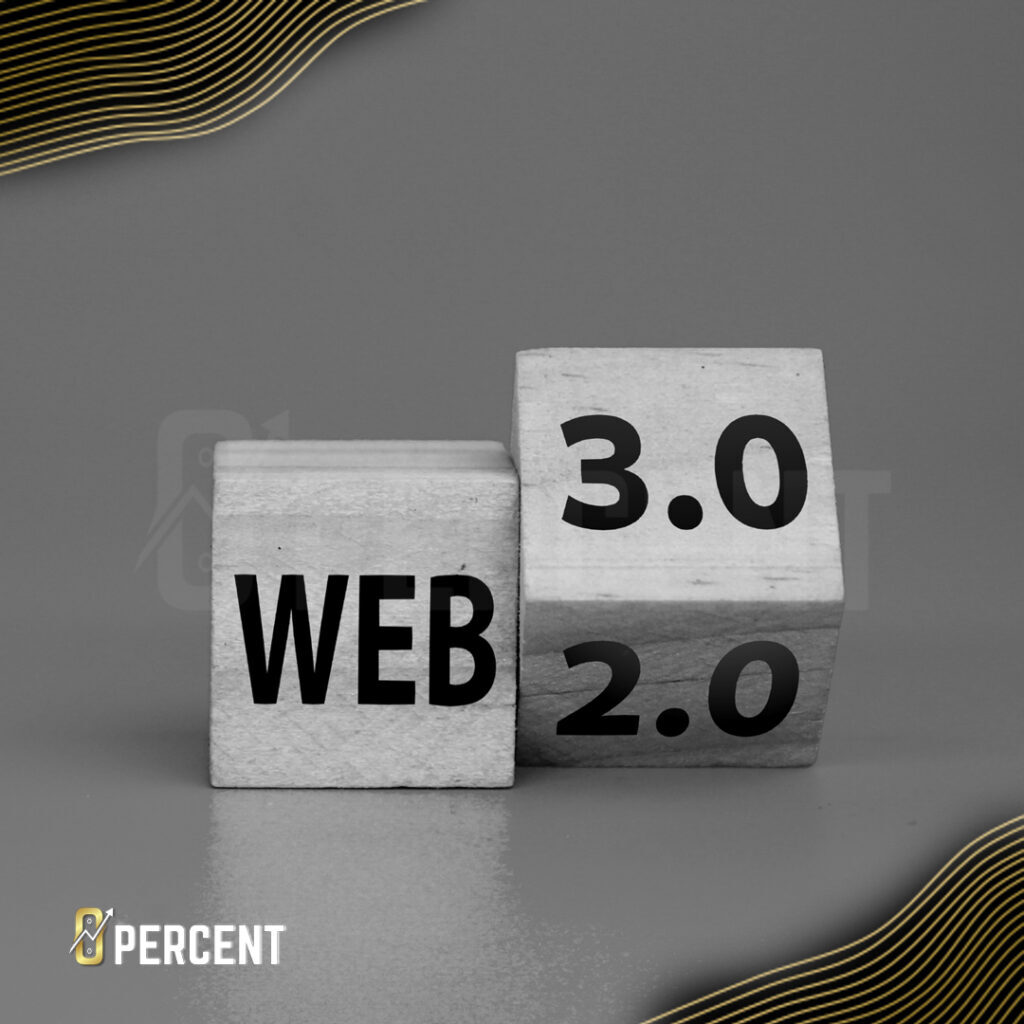
Jeff Sekinger
Jeff Sekinger Founder & CEO, 0 Percent Who is Jeff Sekinger? Visionary Trailblazer Sekinger has been in the financial industry for over a decade. Starting
Web3, also known as Web 3.0 is the next generation of the internet that promises to revolutionize the way we interact with the digital world and with each other. Web3, being the third stage of evolution in the evolution of the internet, follows Web1 and Web2. While each iteration of the web has brought its own set of opportunities, as well as its own character — Web3 is very likely to completely overhaul the internet as we know it and change the game forever.

Web1, previously known as static web, is the foundational internet. Being the first iteration, Web1 was used for storing and sharing information. This was the internet of the 90s and early 00s. In Web1, users could consume information but not interact with it. Web1 was in a sense a digital library, but where anyone with an internet connection could be an “author.”
Web2 was the next iteration of the internet that followed Web1. Also known as the interactive web, users should consume information as well as engage with it. Brought about in the mid 00s, Web2 allowed users to engage with the digital world and with each other through social media, blogs, comment sections, online forums, and could share thoughts and ideas with ease.
We are now gearing up to witness the next iteration of the web: Web3. Web3 is a game changer, and is characterized by blockchain technology, carrying with it all the perks of decentralization. Ideally, this will create a more free and democratic internet.
One of the primary changes coming with Web3 is the ability for users to own their own data. Currently, personal data is collected, stored, controlled and utilized by a handful of large companies and corporations, and that data is used for targeted advertising, as well as a host of other purposes. That data is also bought and sold to third parties and other externalities, including government entities.
Another exciting change Web3 seems to be promising is the ability for users to participate in the economy in new and innovative ways. Through decentralized finance (DeFi), people can engage in transactions without the need for any centralized intermediary like banks or governments. This will give individuals greater financial freedom and new opportunities for growth, such as investing in digital assets.
Web3 will also integrate with dApps, or digital apps, changing the way individuals can interact with the digital world. A few examples of this would be voting, creating communities, buying and selling on decentralized marketplaces, like a decentralized version of Amazon.
Web 3 is the next step in the evolution of the internet, and while it won’t be the last, whatever comes after it will depend on how Web3 unfolds. Built on blockchain, Web3 will be an entirely new internet, and in an ideal sense will give individuals greater freedom and more control. The future is decentralized, and Web3 will help to ensure that!

Jeff Sekinger Founder & CEO, 0 Percent Who is Jeff Sekinger? Visionary Trailblazer Sekinger has been in the financial industry for over a decade. Starting
Sign up to receive news & updates!
Sign up to receive news & updates!